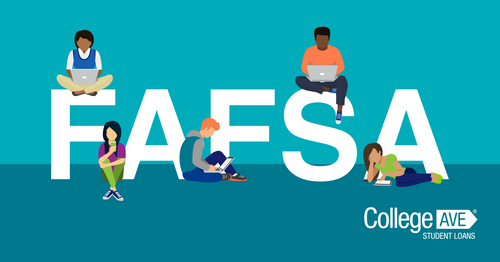Introduction
The Free Application for Federal Student Aid (FAFSA) is a lifeline for students seeking financial assistance to pursue higher education. To access FAFSA and its associated benefits, you'll need to navigate the world of FAFSA email verification. In this comprehensive guide, we will demystify FAFSA email verification, address common misconceptions, guide you through setting up two-step verification, and answer your most pressing questions. Let's embark on a journey to master the art of FAFSA email verification.
FAFSA Email Verification: Unveiling the Facts
FAFSA email verification plays a pivotal role in securing access to federal financial aid for education. It ensures the authenticity and security of user accounts. Here's what you need to know:
1. Purpose of FAFSA Email Verification
FAFSA email verification serves two primary purposes:
User Authentication: It confirms the identity of the user, preventing unauthorized access to FAFSA accounts.
Security: It safeguards sensitive financial information and ensures that only eligible individuals access federal aid.
2. How FAFSA Email Verification Works
Email Confirmation: Users receive an email containing a verification link after completing their FAFSA application.
Link Activation: Clicking the verification link confirms the email's validity and activates the FAFSA account.
Common Myths About FAFSA Email Verification
It's essential to debunk common misconceptions surrounding FAFSA email verification to navigate the process effectively:
1. Myth: FAFSA Email Verification is Optional
- Reality: Explain that FAFSA email verification is mandatory to access federal student aid programs.
2. Myth: FAFSA Collects Personal Information Through Email
- Reality: Clarify that FAFSA doesn't collect personal data through email but uses it for verification purposes only.
3. Myth: FAFSA Verification Emails Are Spam
- Reality: Emphasize that FAFSA emails are legitimate and crucial for securing financial aid.
4. Myth: FAFSA Email Verification is Complex
- Reality: Assure users that FAFSA email verification is a straightforward process.
Setting Up Two-Step Verification for FAFSA
Two-step verification enhances the security of your FAFSA account. Here's how to set it up:
1. Accessing Your FAFSA Account
- Login: Provide step-by-step instructions on accessing your FAFSA account.
2. Enabling Two-Step Verification
Security Settings: Guide users to the security settings section in their FAFSA account.
Verification Methods: Explain the available two-step verification methods, such as text messages or authentication apps.
3. Verification Process
Step-by-Step: Walk users through the process of setting up two-step verification.
Recovery Codes: Stress the importance of saving recovery codes for account recovery.
Frequently Asked Questions About FAFSA Email Verification
Why is FAFSA email verification necessary?
- Explain the role of email verification in confirming identity and enhancing security for federal student aid access.
How do I know if the FAFSA verification email is legitimate?
- Offer tips on recognizing legitimate FAFSA emails to avoid phishing scams.
Can I change my email address after FAFSA email verification?
- Discuss the process of updating email addresses in FAFSA accounts.
What should I do if I didn't receive the FAFSA verification email?
- Provide solutions, such as checking spam folders, resending verification emails, or contacting support.
Is my personal information safe during FAFSA email verification?
- Explain the security measures in place to protect personal information during the verification process.
Conclusion
In conclusion, FAFSA email verification is a crucial step in securing access to federal financial aid for education. By understanding its significance, debunking common myths, and implementing two-step verification, you can navigate the FAFSA process with confidence and peace of mind. FAFSA email verification is not an obstacle but a necessary tool to help you achieve your educational goals.



